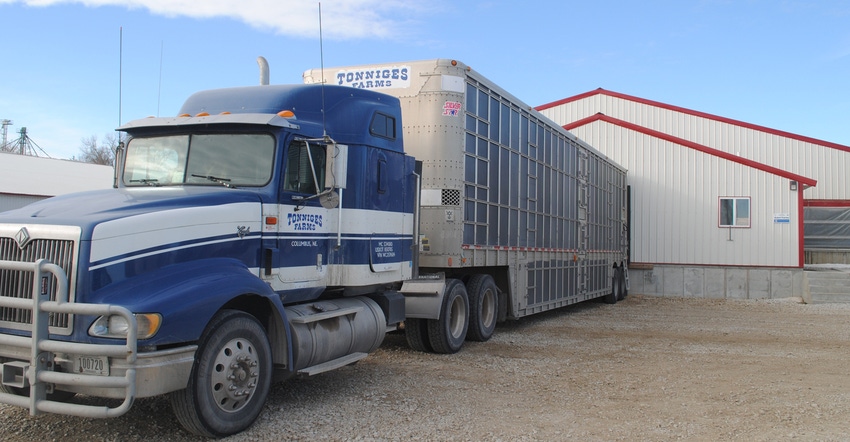September 2, 2021

Along with hundreds of animal science students at the University of Nebraska-Lincoln, I had Dr. Keith Gilster as my instructor for Animal Science 101 as a freshman at UNL in the early 1980s.
I was always amazed that out of a class of more than 100 students, Dr. Gilster knew each by name after a few days, along with your hometown. In fact, he liked to talk about specific restaurants or sale barns in those hometowns, because he had probably visited them at one time or another.
He loved “the great state of Nebraska” as he liked to call it, and it showed. He also exhibited in class his great love of the livestock industry, including swine.
I particularly liked Dr. Gilster’s outlook on hog production. At that time, our family back home was finishing about 1,000 head of pigs a year, almost all home-raised. Admittedly, we were farrowing those hogs in what Gilster might have called “a barn you could throw a cat through.”
It was an old corncrib that had been remodeled, insulated, heated and retrofitted with home-designed farrowing stalls. It was old and rugged, but it worked. We farrowed the hard way, which meant straw bedding that had to be cleaned from each stall twice a day with a scoop shovel, using heat lamps to keep baby pigs warm, and letting sows outside for food and water three times daily.
Dr. Gilster liked to say that facilities and barns were not always the most important aspects when it came to hog production. Good management meant success. We had good averages for pigs per litter, pigs per sow per year, decent weaning averages and pregnancy rates. In other words, our hard work paid off.
That said, although we used separate boots for the hog barn, our idea of biosecurity for the hogs from farrowing through finishing was not that tight. Occasionally, we struggled with scours and other maladies in the herd, but we got along pretty well.
In my college days, a lot was made of biosecurity in the animal science classrooms, but we never felt obliged on our little farm to be worried that much about it.
Fast forward to modern hog production, and it is quite different from those old days — and our rugged, old farrowing barn. Biosecurity is a top issue for producers, and for good reason.
With African swine fever knocking on the door of the U.S., and other diseases that we know by nasty acronyms such as PRRS, PRCV, PSS and TGE, biosecurity is probably one of the most important management strategies producers can employ these days.
I’ve heard consumers, who say they care about farm animals, complain that farmers keep their swine locked up in huge barns, and won’t allow access by the public to their facilities. Well, farmers have nothing to hide, so biosecurity and disease prevention are the main reasons for these protocols.
It is all about swine health for farmers, and the number of diseases that can wreak havoc with a herd is not going to decline anytime soon.
A number of modern finishing facilities that I’ve visited in recent years have added viewing rooms to their construction. Like new dairies where this practice has become popular, these viewing rooms or visitor centers allow visitors and guests to view the animals inside the barns without having to contact the animals directly and potentially expose them.
Yes, things have changed greatly in swine production since the 1980s, but the goals of the hog farmer to raise high-quality meat animals for consumers and to make a decent profit to pay the farm bills have not changed from the days when we raised pigs the hard way in our old corncrib.
You May Also Like




